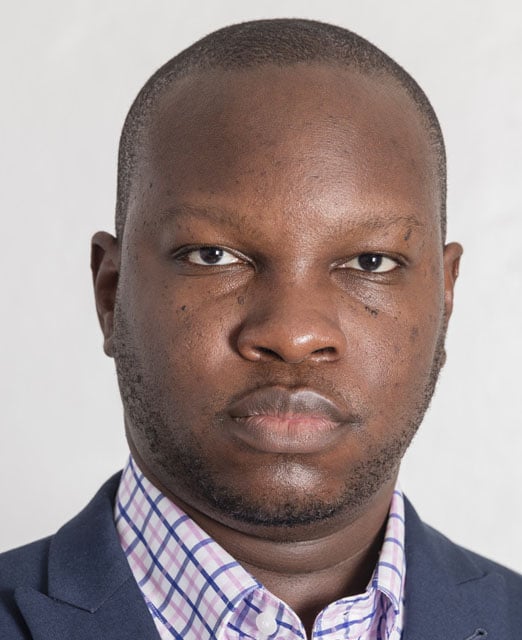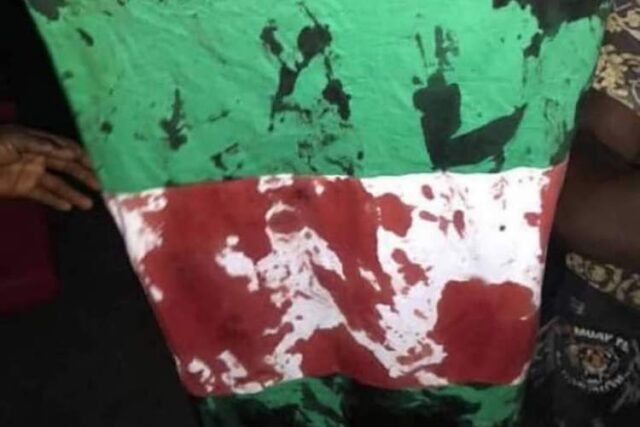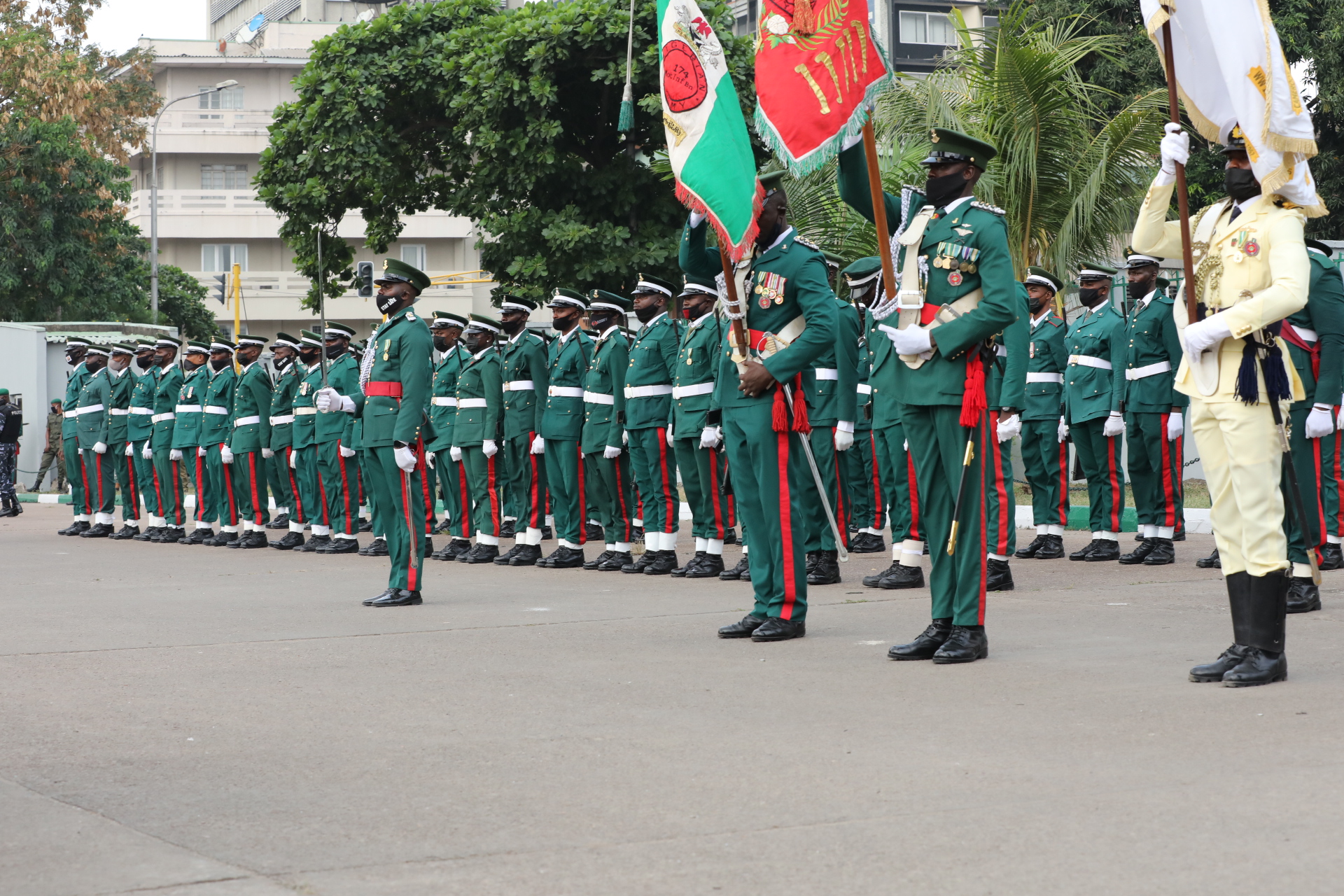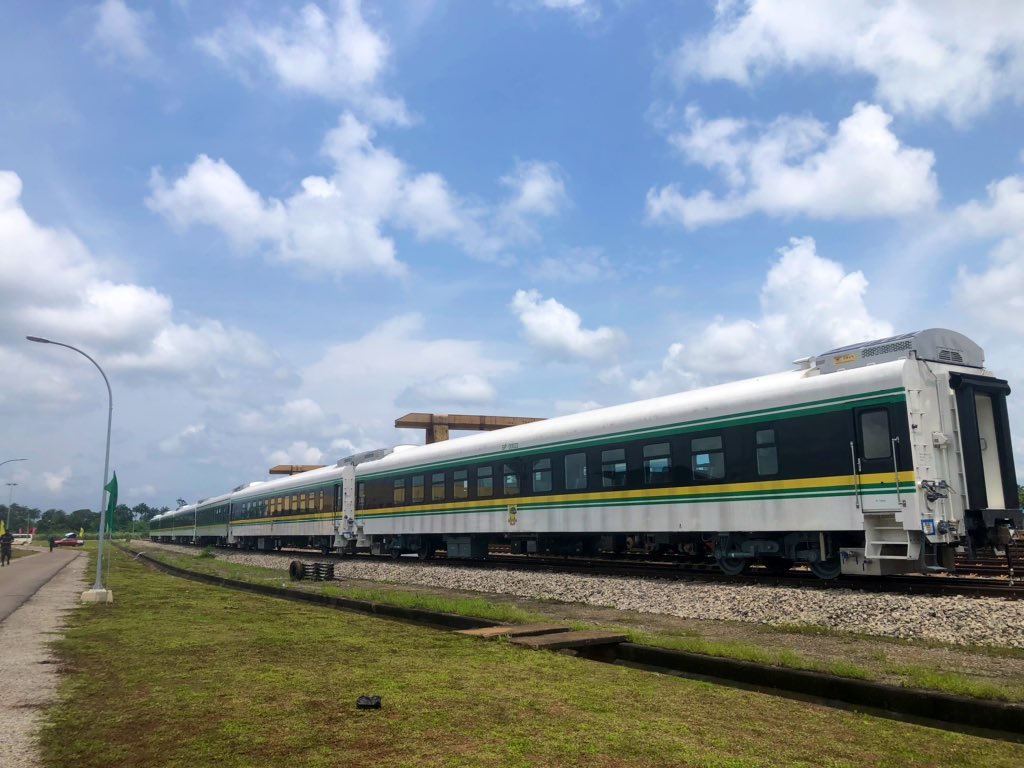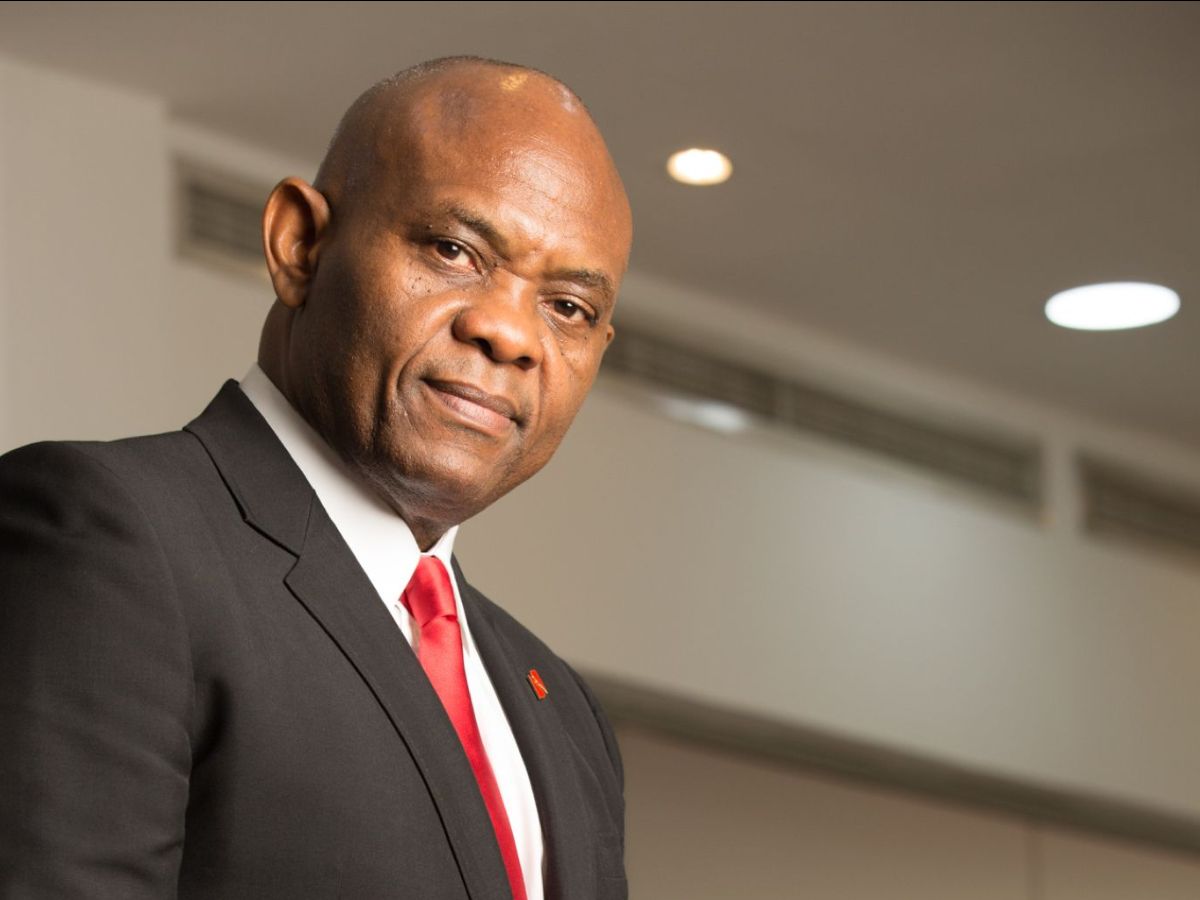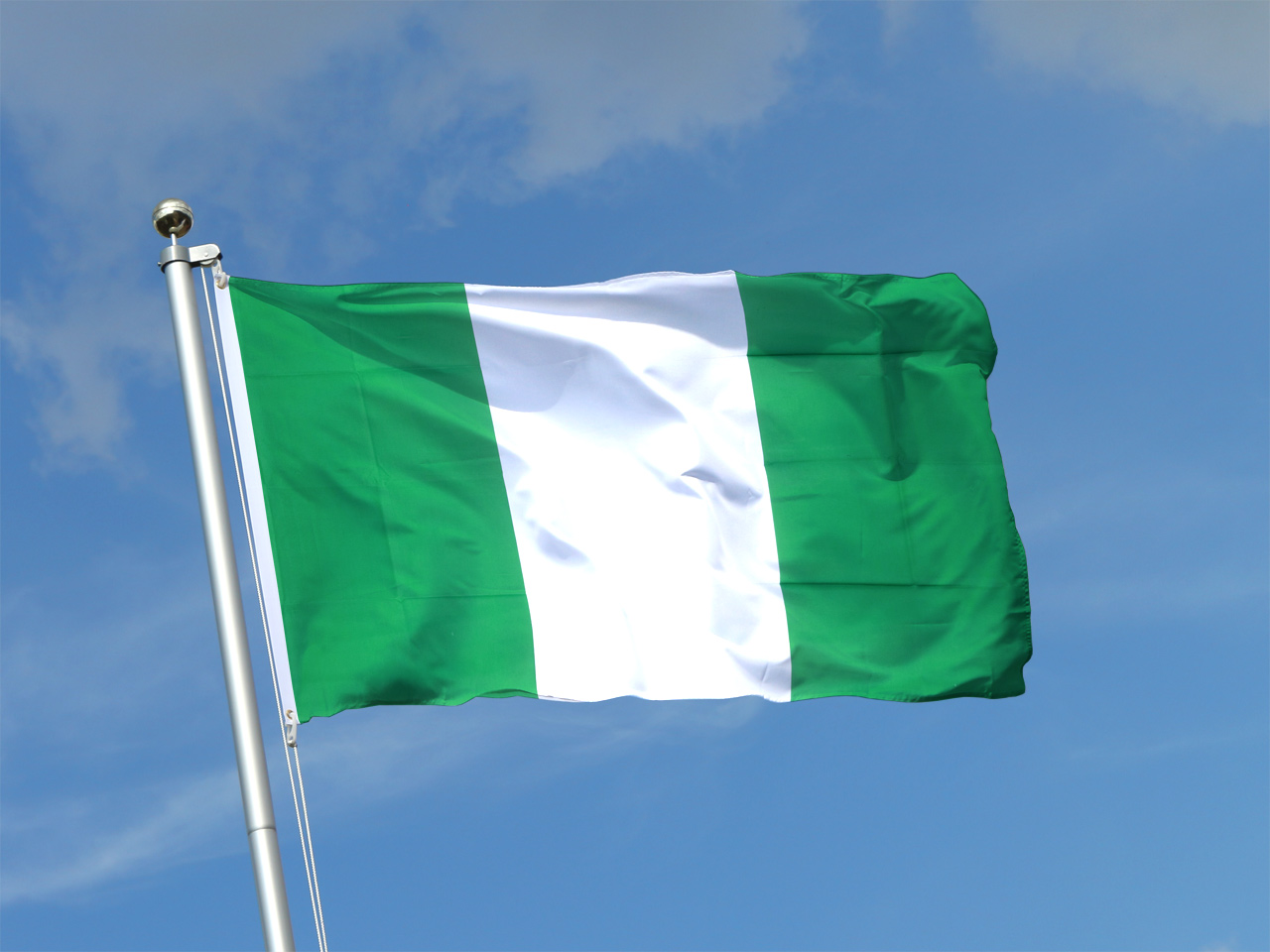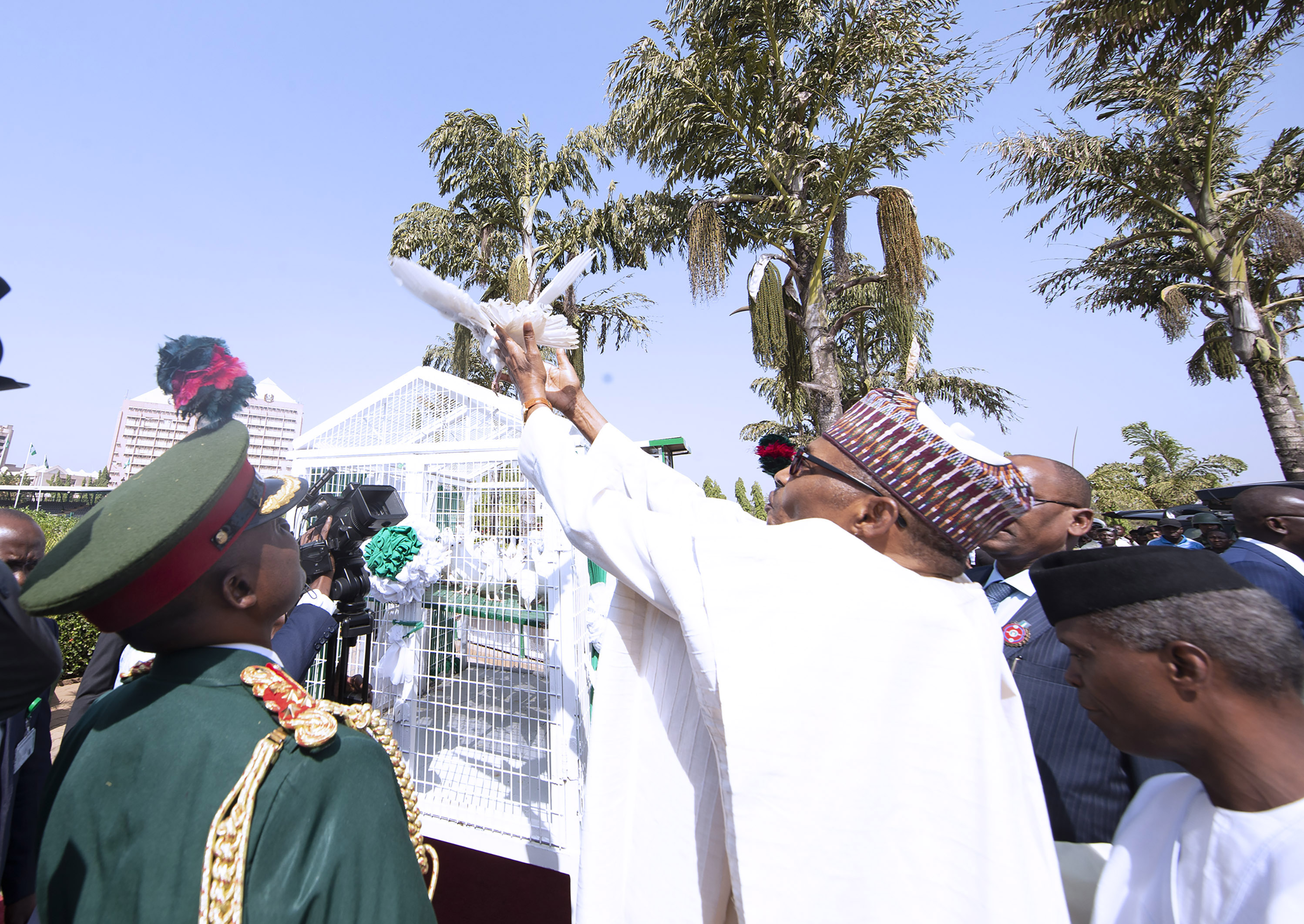Nigeria tells us that today is Armed Forces Remembrance Day, a day set aside for our “heroes” in uniform. While there is no doubt to my mind that many officers in our army are heroes, think Sani Bello who saved the life of Gen. Ironsi’s ADC, Andrew Nwankwo, and Usman Jibrin, who flew many Igbo officers to safety during the pogroms of 1966, and even Mohammed Shuwa, who ensured that Igbos were protected in the area under his command, the fact is that on the balance, the Nigerian Army has a murderous reputation, and as I once referred to them, are an equal opportunities brutaliser.
The Nigerian Army is only an arm of the Nigerian state, and this video attempts to chronicle some of the atrocities committed in Nigeria, by both state and non-state actors.
This is one of the tragedies of Nigeria. The number of people who have been killed in mass atrocities in the country since “independence” perhaps gets close to the 100,000 mark.
Imagine that!
Advertisement
Close to 100,000 people killed in various forms of mass murder, since 1960. An average of 1640 each year. Indeed, Nigeria is a very violent place. As I said earlier, the real tragedy is that we don’t even bother to remember these human beings. We simply just “move on”. That can’t be right.
So today, I’d like us to remember those fellow Nigerians, who have been killed after being rounded up. I will list some of these atrocities below. I will stick with just actions by state actors, and where possible, include the name of the officer who bore overall responsibility. In some cases, such as in the Ugep Massacre of 1975, the commanding officer, Mohammed Shuwa whom I mentioned earlier, did not give the command, but did not punish the perpetrators either.
The Tiv Riots of the early 1960s. The Tiv people were demanding a state of their own out of the Northern region, and the Nigerian Army was sent in. The officers initially in command were Chris Anuforo and Donatus Okafor. An unknown number of people, but most definitely in the hundreds, were killed by the soldiers.
Advertisement
The anti-Igbo pogroms in Northern Nigeria, July 1966. Up to 10,000 people were killed in revenge for the coup of January 1966 and the perceived complicity of the Igbo people in conducting that coup.
The Asaba Massacre of 7 October 1967 where the Nigerian Army under the command of Murtala Mohammed, who would later become head of state, killed up to 800 men and boys in the town of Asaba on the banks of the River Niger.
The Ugep Massacre of 24 December 1975. After a soldier from the 13th Infantry Brigade was found dead, his comrades blamed the people of Ugep and killed up to 65 of them in revenge the day before Christmas. It was later found that the soldier had been drunk and suffered a seizure.
The Bakolori Massacre of 28 April 1980, where the governor of Sokoto State, Shehu Kangiwa after promising to address the complaints of the people of Bakolori, ordered the police on unarmed demonstrators. More than 380 people were killed according to the villagers, but the government claimed that “only 25 had died” in a depressingly familiar pattern of downplaying the value of human lives.
Advertisement
The Yan Tatsine riots (I have to plug Tunde Leye here). More than 5,000 people were killed in different incidents by the Nigerian Police and Army over the course of four years starting in 1980. The victims were followers of a radical Islamist preacher, Mohammed Marwa, who himself was killed in 1980. The military response was led by among others, Haliru Akilu, who as commander of the 146 Infantry Battalion approved the use of heavy weapons in densely populated parts of Kano against the Maitatsine followers.
The Umuechem killings of 1 November 1990, where up to 85 people were killed after the military governor of Rivers State, Godwin Abbe, ordered the police into the town of Umuechem after youths from the town had protested at Shell’s facility there demanding for roads, water and electricity.
The Odi Massacre of 20 November 1999 after which Victor Malu justified the killing of up to 2,500 inhabitants of the town of Odi in retaliation for the killing of 12 policemen days earlier. The army moved into the town before a deadline they had imposed for the surrender of the perpetrators expired and destroyed the town.
The Zaki Biam Massacre which took place over four days starting from 20 October 2001. The army chief at the time, Alexander Ogomudia justified it o the grounds that 19 soldiers had been killed by Tiv militia around Zaki Biam. More than 200 people were killed. It is important to note that one of Ogomudia’s successors, Luka Yusuf, apologised for the Zaki Biam massacre in 2007, and President Umaru Yar’Adua also visited to apologise. But as with all the others on this list, no one has been brought to book.
Advertisement
The Ogaminana Massacre of 26 February 2008 led to the deaths of more than 50 people at the hands of the Nigerian police. Police Commissioner Ibe Aghanya justified it on the grounds that a police corporal, Raphael George, was killed by protesting youths a few days earlier.
Nigeria is still reaping the consequences of the extrajudicial killings of Boko Haram members in Bauchi, Maiduguri, Potiskum and Wudil in July 2009. More than 1000 people were killed in that orgy of violence, including the founder of Boko Haram, Muhammed Yusuf, who was shot in the back by the police after he was captured by the army. The Boko Haram incident was significant in that it was the first time that video evidence of extrajudicial killings was available almost immediately after the killings, and despite lies told by officials, such as “Mohammed Yusuf was killed while trying to escape”. A video showed Buji Foi, a senior member of Boko Haram, being killed out of hand, and an Al Jazeera report in 2010 showed a lot more killings.
Advertisement
The 2013 Baga Massacre happened on 19 April 2013. Some sources say that 185 people were killed after the commander in charge, Austin Edokpaye accused the villagers of shielding Boko Haram members. In typical fashion, the army said that “only 37 people” were killed.
The Quds Day Massacre was on 25 July 2014. The Nigerian Army opened fire on members of the Islamic Movement of Nigeria who were taking part in a Quds day procession in Zaria, and killed up to 35 people,] including three sons of Ibrahim Zakzaky.
Advertisement
The Nkpor Massacre was the killing of more than 80 pro-Biafra demonstrators in Onitsha. The army officers responsible was Issah Abdullahi who ordered his troops to clear the road of all “miscreants”. Three military trucks were used to cart away heaps of corpses afterwards.
The Zaria Massacre of 12 and 13 December 2015 was carried out because the Shiites blocked the convoy of the army chief, Yusuf Buratai, and “touched his chest”. A commission of inquiry by the Kaduna State government found that 348 Shiites were killed, although the Shiites themselves say 1,061 people were killed.
Advertisement
The killings of October 2018 in which the army opened fire on Shiites marching during a religious procession. The army claimed to have opened fire in self-defence, but a New York Times investigation found otherwise. Two witnesses who spoke to Premium Times at the time said that between 16 and 22 people were killed. No one has been held to account.
The Lekki Massacre of 20 October 2020. Just three months ago. Do I need to dwell on this? We watched it live, and it was in Nigeria’s richest commercial district. Since this event, the army has changed its story multiple times, there have been insinuations that some of the soldiers involved have been murdered, and the Lagos state government appears more interested in reopening the toll gate to continue making money.
What is the point of all this you may ask? It is simple: in the 17 state-sanctioned killings I have listed above, not a single person has been brought to book. Indeed in some of them, the perpetrators (or those who shielded them) went on to be rewarded. It is a clear message that impunity is okay. That is not a good message to send, and to all who support such extrajudicial killings, the next victim could be me. It could be you.
God rest the dead.
Nwanze is lead partner at SBM Intelligence
Views expressed by contributors are strictly personal and not of TheCable.
